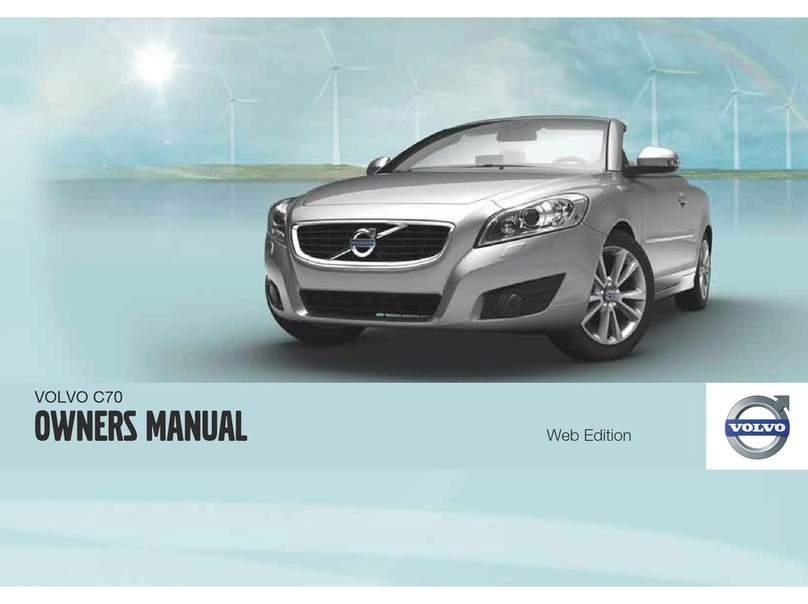Volvo XC 90 User manual
Other Volvo Automobile manuals
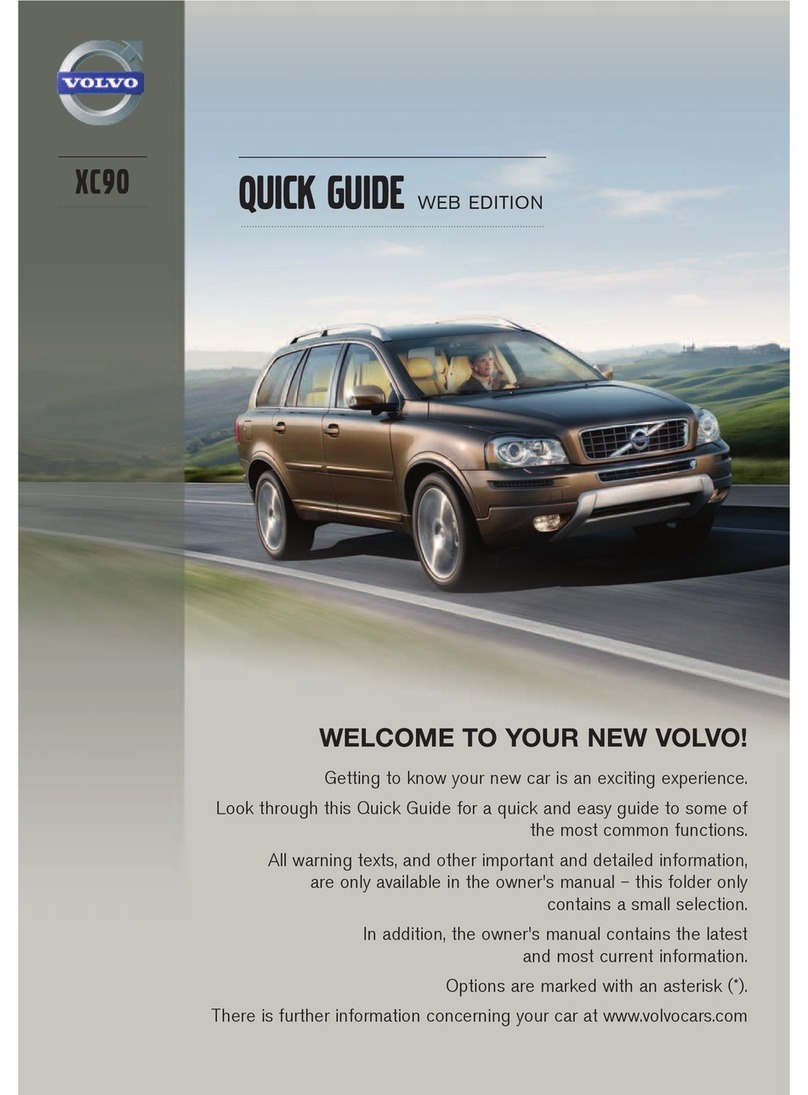
Volvo
Volvo XC90 2012 User manual

Volvo
Volvo 2007 S80 User manual
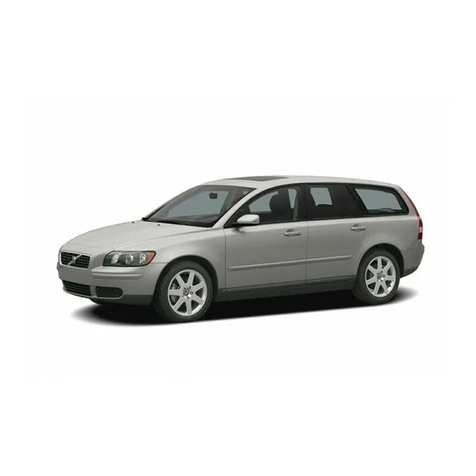
Volvo
Volvo V50 User manual
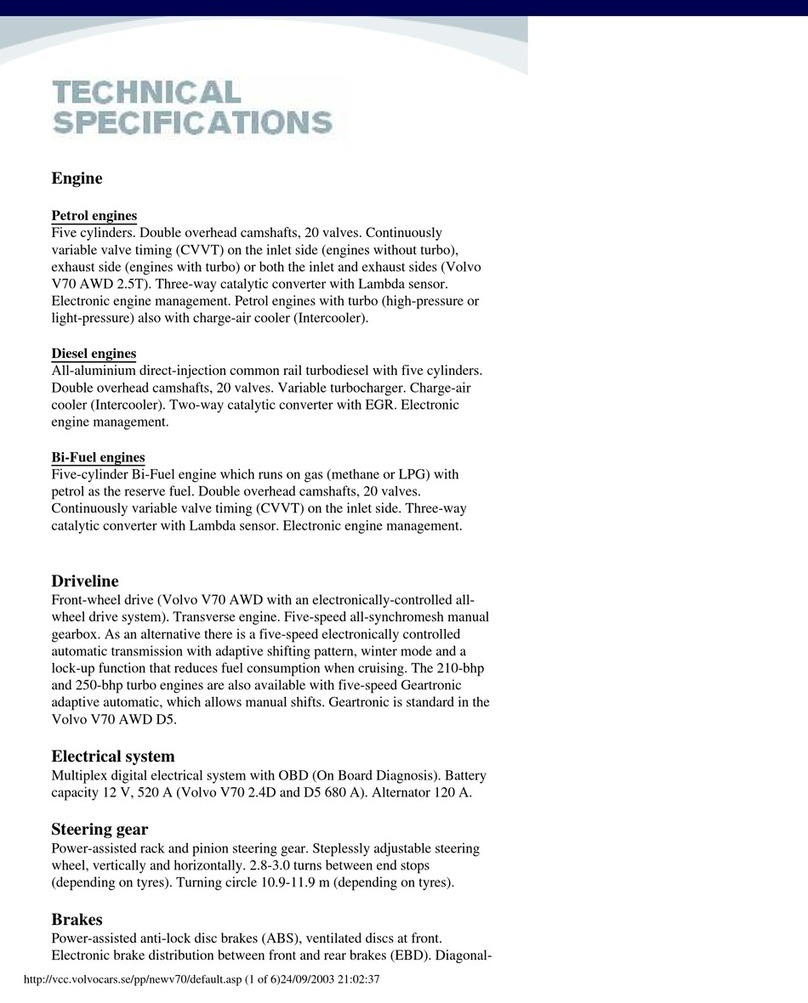
Volvo
Volvo V70 SPORT User manual
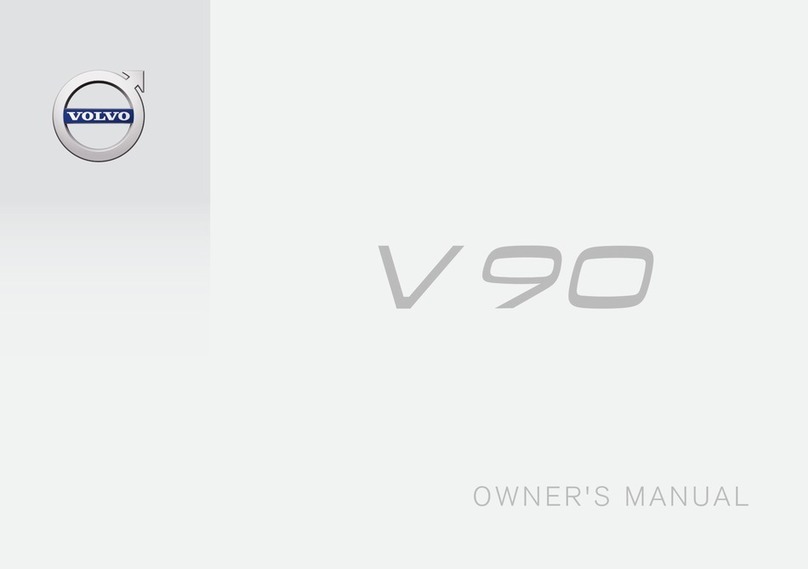
Volvo
Volvo V90 2017 User manual
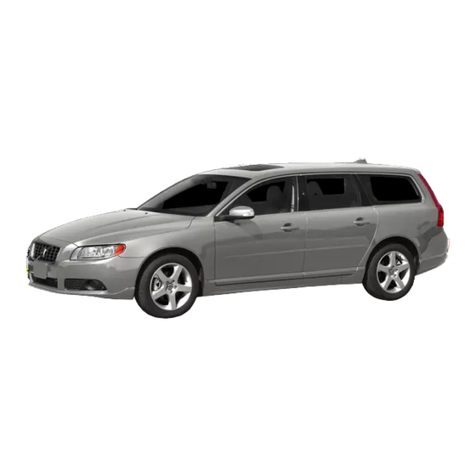
Volvo
Volvo XC70 - ANNEXE 808 User manual

Volvo
Volvo 2010 XC90 User manual

Volvo
Volvo XC40 RECHARGE User manual

Volvo
Volvo 2001 S80 Quick start guide

Volvo
Volvo S90 - ACCESSORY PANEL User manual

Volvo
Volvo V70 SPORT User manual

Volvo
Volvo XC90 - ANNEXE 951 User manual
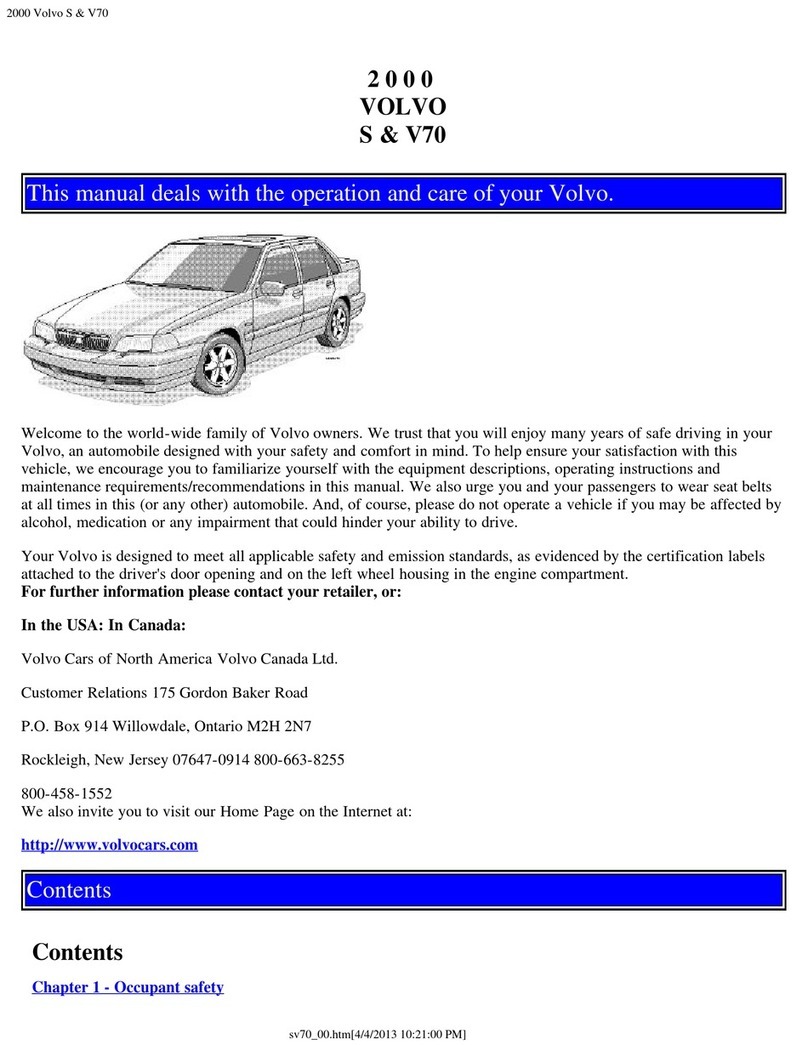
Volvo
Volvo Early design 2000 S70 User manual

Volvo
Volvo 164 User manual

Volvo
Volvo XC60 - ANNEXE 541 User manual
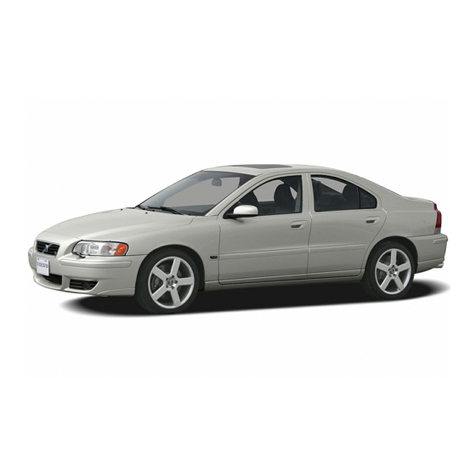
Volvo
Volvo S60 - ANNEXE 931 User manual

Volvo
Volvo C70 convertible Owner's manual

Volvo
Volvo V90 - ACCESSORY PANEL User manual

Volvo
Volvo XC90 - ANNEXE 951 User manual

Volvo
Volvo V90 CROSS COUNTRY User manual


